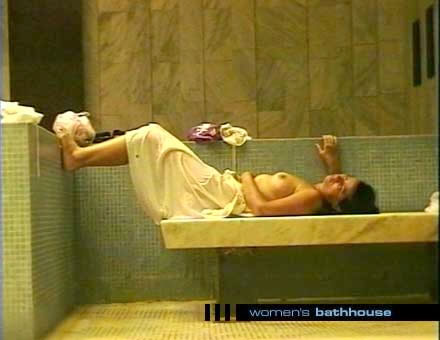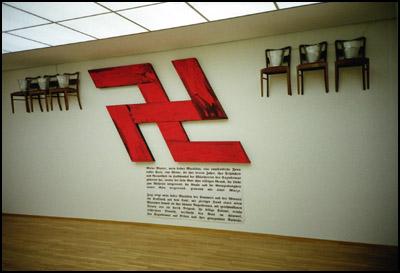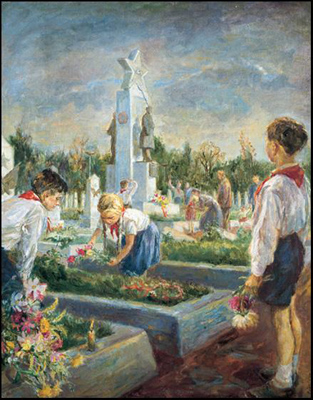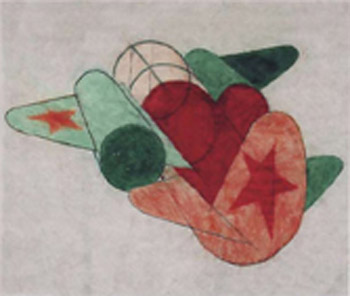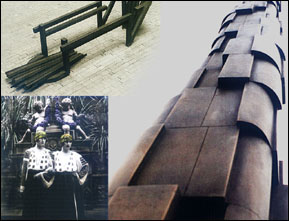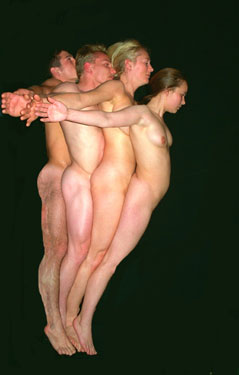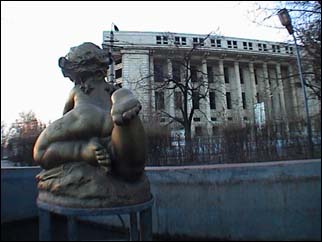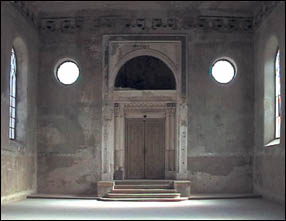East of Art: Transformations in Eastern Europe: “On (Un-) Changing Canons and Extreme Avantgardes”
Europe is now building a kind of wall which functions as a united police force to cordon off Europe. There are, for example, some plans for a literal wall between the United States and Mexico, some kind of electronic wall.
So, there was this dream period where freedom was universal globalism. Now, walls are again popping up, which is why maybe such exhibitions can have such meaning.
So, I would like now, nonetheless, to say some small things in the praise of this poor, real socialism. The first one, I just have to refer here just a little bit to

